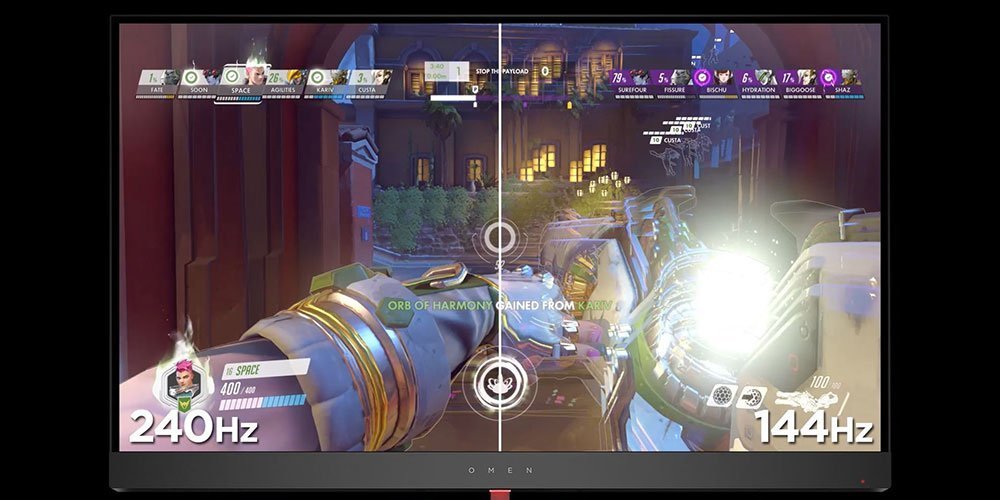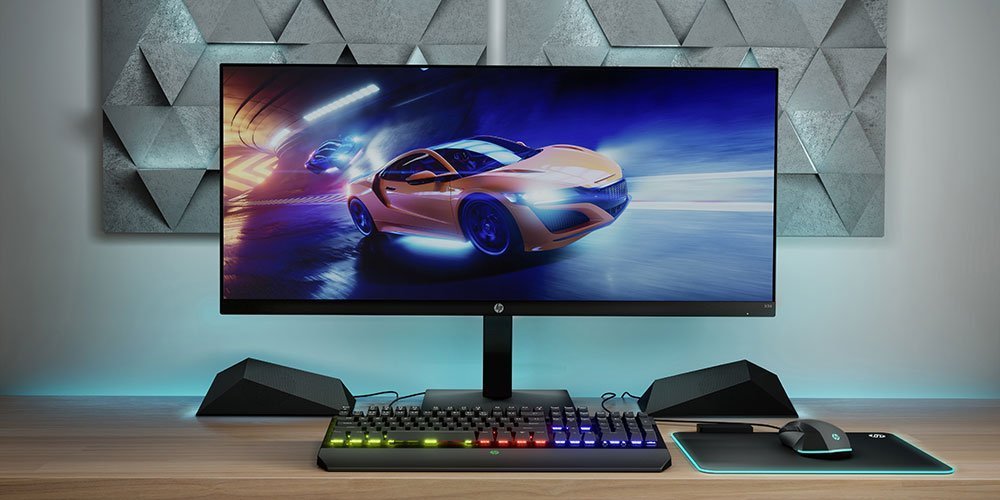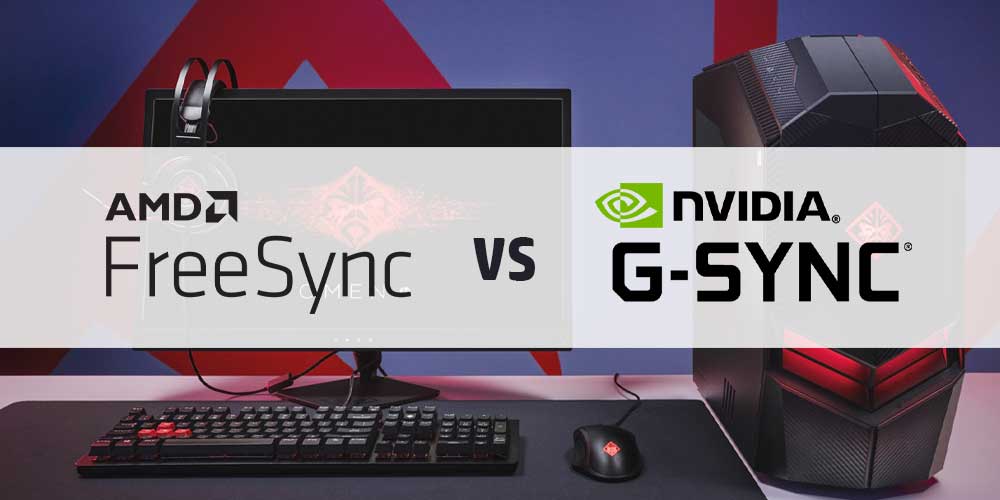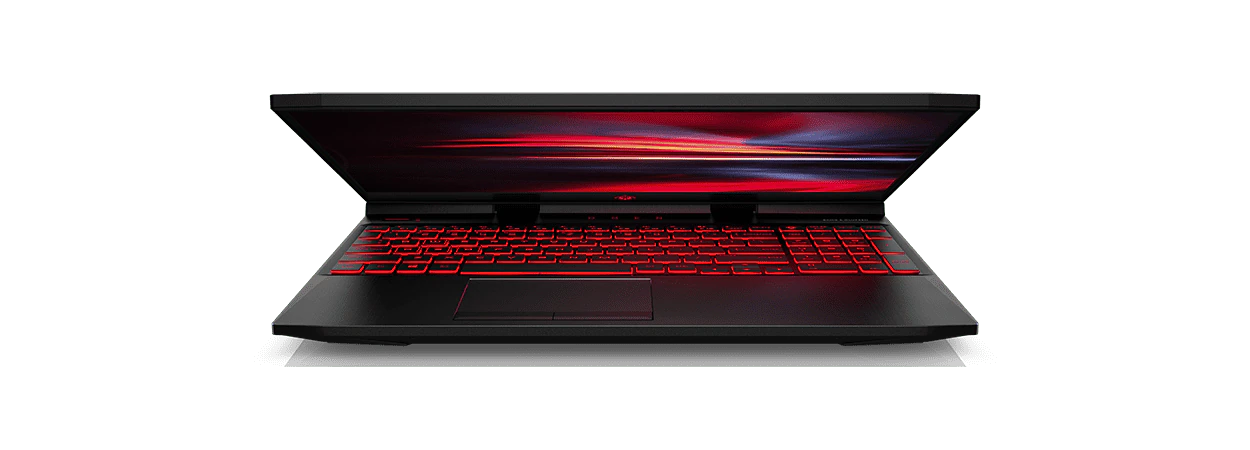Thank you for visiting the HONG KONG HP Store
-
Contact Us
CONTACT USChat with us
- Our specialist are here to help
- Live chat
- Sales
- 85264507529(WhatsApp)
-

- Post Sales
- 85230016720(WhatsApp)
Mon-Fri 8.30am - 5.30pm
(exc. Public Holidays)
Live product demo
Store finder Locate our storesSubmit feedback We value your opinion! - Location
- My Account
What is AMD FreeSync?


A monitor with AMD FreeSync synchronises its refresh rate to the frame rate of a user’s GPU to reduce input latency and diminish screen tearing during gaming and video streaming. In layman’s terms: the monitor refreshes dynamically based on how your graphics card is performing.
For gamers, a great visual experience is essential so you can totally immerse yourself in the game, especially when playing the latest triple-A (AAA) games. Anything wrong with the display will immediately take you out of the game world, distracting you during intense moments.
More than a mouse, a keyboard, or sound system, the display is the key to an aesthetic view or smooth frame rate. Even if you have a great gaming monitor, you might not be getting the most out of it if you’re experiencing inferior visual performance.
These are some of the visual issues that gamers usually experience:
1. Screen tearing

A visual artifact that occurs when the frames displayed during gameplay appear to be halved and don’t match up. In some severe screen tearing cases, the frame may be split up even more.
It’s impossible to focus on your next mission when you can’t see properly, so this presents a serious problem for gamers from amateurs to professionals.
2. Screen lagging
Standard monitors generally have a 60 Hz refresh rate, which means 60 frames can be displayed per second.1 A very fast gaming PC, on the other hand, can have an even higher refresh rate.
If the frames start appearing faster than the monitor can refresh, your display may show visuals that contain more than one frame.
3. Screen stuttering

Another common issue is where visuals appear to stutter due to a multi-GPU setup that causes frames coming in on an uneven timeline. So, how do you solve these issues?
One way is by utilising AMD FreeSync which helps to solve an inconsistent visual experience.
What is AMD FreeSync?

AMD FreeSync technology gives gamers dynamic, adaptive refresh rates.2
When FreeSync is used, the monitor will refresh in conjunction with the game being played, up to its highest possible refresh rate (75 Hz).
For example:
-If your GPU is at 50 FPS, AMD FreeSync technology will match it at 50 Hz
-If your GPU is at 60 FPS, AMD FreeSync technology will match it at 60 Hz
Generally, AMD FreeSync works within a 48 to75 Hz window.3 So, if you’re playing a game with 100 to 200 fps, you won’t see the benefits of AMD FreeSync because you’re not within the sweet spot or window for smooth gameplay.
FreeSync vs G-Sync

When you start looking into adaptive sync technology, the other major player in the game is NVIDIA G-Sync. NVIDIA was the first to market its own dynamic refresh rate technology.
For a monitor to be G-Sync compatible, it must have G-Sync specific hardware that tends to be expensive and adds to the overall cost of the system. G-Sync displays need an NVIDIA G-Sync scaler module for it to work.
AMD FreeSync features:
-Uses an open standard called adaptive sync (DisplayPort 1.2a) so any manufacturer can use it
-The open standard configuration keeps monitor costs low
-No license cost
NVIDIA G-Sync features:
-Requires G-Sync module
-Closed-off design
-Module costs money
-Higher monitor cost compared to FreeSync
Key advantages of AMD FreeSync over NVIDIA G-Sync:
-No licensing fees
-No manufacturer-specific hardware
-No communication overhead
-G-Sync monitors tend to be paired with pricier PC gaming systems
-More choices for monitors
Does FreeSync work with NVIDIA?
Starting from 2019, NVIDIA has made GeForce GPUs compatible with FreeSync. With the release of GeForce driver 417.71, GeForce graphics cards can tap into the Adaptive Sync capabilities of FreeSync monitors.7
Is FreeSync worth it?
If you already have an AMD card, it’s worth it to get a FreeSync monitor. In addition, if you play graphics-intensive games that stress your GPU such as any AAA game, AMD FreeSync is probably worth it. Especially if you’re in a 48 to 75 frames per second range.
Low Framerate Compensation (LFC)
AMD recently created a feature called Low Framerate Compensation and added it to their FreeSync technology. What does LFC do, exactly?
1. Strengthen FreeSync monitors’ performance when they’re under their minimum refresh rate (for example, 48 FPS).
2. Monitors enabled with LFC duplicate frames if rates are out of the FreeSync range.5
What does this mean in a real gameplay situation? If your GPU is pushing out 30 FPS, LFC can duplicate frames and run the display at 60 Hz so you can still enjoy smooth visuals6. It’s a great feature for gamers who are looking to maximise their PC gaming experience.
AMD FreeSync: elevate your gaming, one frame at a time
There are few things more irritating than constant stuttering and screen tearing when your GPU and refresh rate aren’t quite synced up.
With AMD FreeSync technology, you can fully immerse yourself in your game, without any jarring visual artifacts to distract you from your main objectives.
Check out our range of FreeSync monitors.
References:
[1] Trusted Reviews; Monitor Refresh Rates: Why higher isn’t always better
[2] AMD; Radeon FreeSync Technology; Radeon FreeSync Technology
[3] AnandTech; What is the correct way to use FreeSync?
[4] Ancient Gameplays; FreeSync Explained
[5] AMD; Low Framerate Compensation
[6] PCWorld; G-Sync vs. FreeSync: Adaptive sync gaming
[7] PCWorld; FreeSync monitor support for GeForce graphics cards
- Our specialist are here to help
- Live chat
- Sales
- 85264507529(WhatsApp)
-

- Post Sales
- 85230016720(WhatsApp)
Mon-Fri 8.30am - 5.30pm
(exc. Public Holidays)
Live product demo









